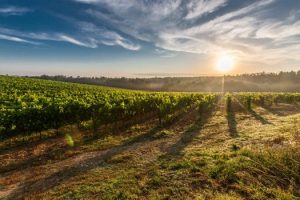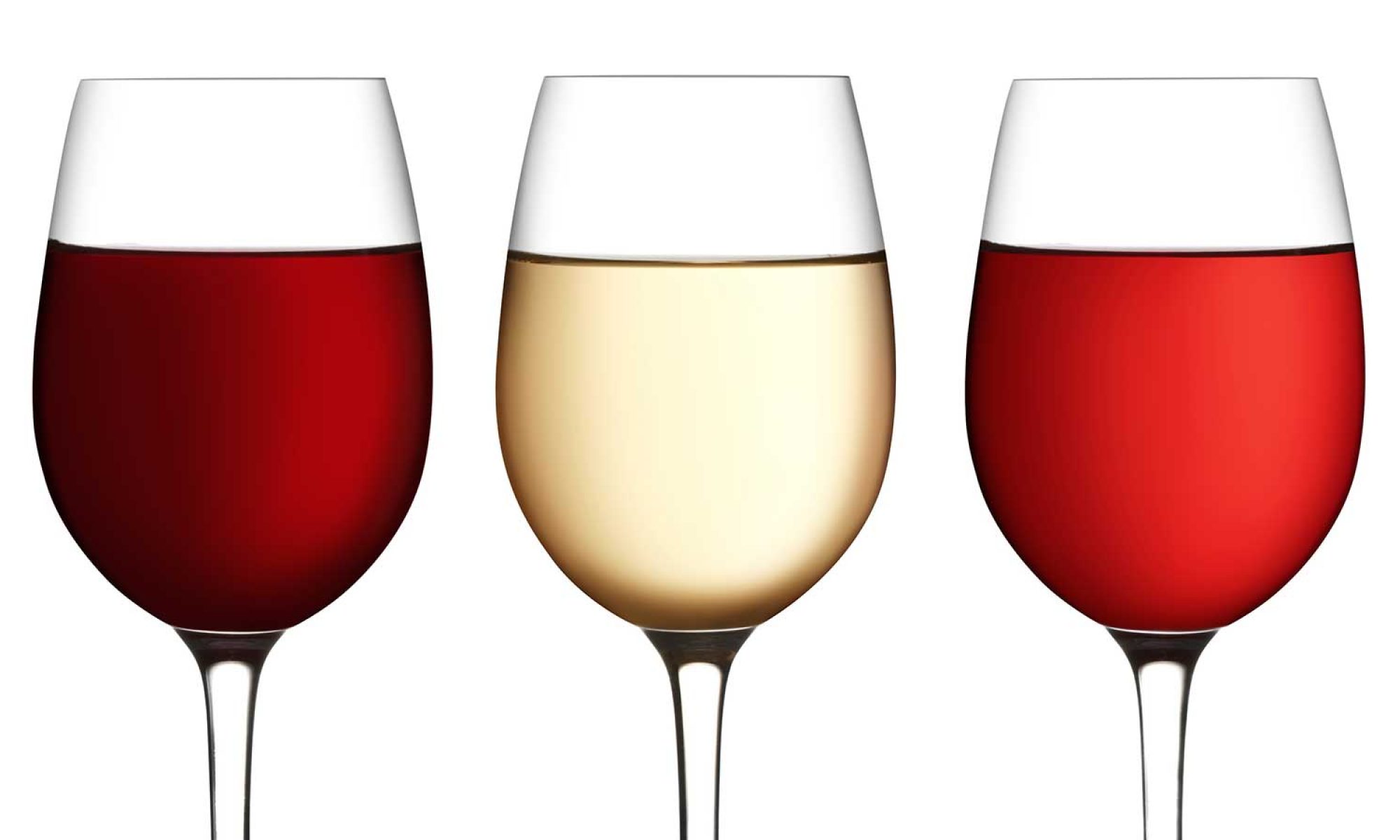Tuscany 101: Three wine styles that will blow your mind
As one of the world’s most iconic places, Tuscany is hard to forget. Even if you have never been there, you have seen, heard of or tasted something miraculous inspired by or from this great land. Tuscany sits pretty, dead centre on the Italian boot kept snug by Umbria to the west, Montepulciano in the south and Emile Romagna in the north. It has a whole lot to offer too, wine, food, art, gorgeous countryside…wine. In tribute of this glorious province, we get acquainted with the signature wine styles that give it its reputation.
A little background
This region boasts an impressively long history in wine production, approximately over 2500 years old! Vines here are older than most tortoises. Also impressive is the regions numerous DOC and DOCG classified vineyards. To wine lovers, that screams quality and justifies it long held standing as Italy’s number one wine region.
Strict laws are set on Tuscan wine producers to determine how much yield and production per year winemakers can have. It further and stipulates from where grapes should come from, how much of each varietal should be used to gain certain right to label your wine.

3 wine styles from Tuscany worth your while
Chianti
Chianti could arguably pass as Tuscany’s trademark region. It is synonymous with Sangiovese, the bold aromatic red local varietal popularly grown in all of Tuscany. Without even looking, you can be assured that any red wine labeled Chianti has at the very least, a percentage of Sangiovese.
The Sangiovese grape crafts wines with dark ripe red fruit character with a touch of earth. They are paler than most reds but make up for it in acidity and strong, well-structured tannin. There are three levels of Chianti classico, determined by how long they have been aged. One can enjoy a classico, Reserve or Chianti Selezione. Oak ageing deepens the color and flavour bringing forth aromas of blackberry, violets and cocoa.
Pro tip: Wines from Chianti are easily identified by the red crest on their necks depicting a picture of a red Rooster on a white background in a Bordeaux-red ring.
Brunello di Montalcino
One of the most complex and layered wines of Tuscany. Brunello di Muntalcino also uses Sangiovese extensively to make elegant wines with animal notes, damp earth and remarkable ageing potential. So potent are these wines that they require a bit of patience before they can be palatable. The norm is to cellar them till they are more approachable.
Super Tuscans
The result of boldness and sheer will, Super Tuscans almost didn’t happen. You see, under the Tuscan DOC(G) regulations, wines including Bordeaux varietals could not be named among the star classifications. Relegated to the dark alleys of Vin di tavola (table wine) where potential customers would wrongly assume the wines were of low quality.
It took a bit of rebellion for producers of this wine to go ahead with what they thought-rightly of course- was adding character to Tuscan wines. They decided to create their own classification instead of falling in line. Hence the birth of Super Tuscans.
Sassicaia’s producer was first, followed by this nephew producing Tignanello. Their marvellous creations-most of which ride the price spectrum at prices above $100 are now labelled IGT Toscana.
These wines are extremely complex and rich and demand prior decantation before drinking. Instead of using Sangiovese as the main grape, it blends itself playfully with other varietals into wines with marked complexity and flavour. They too are extensively oak aged before they are ready for the dinner table.
